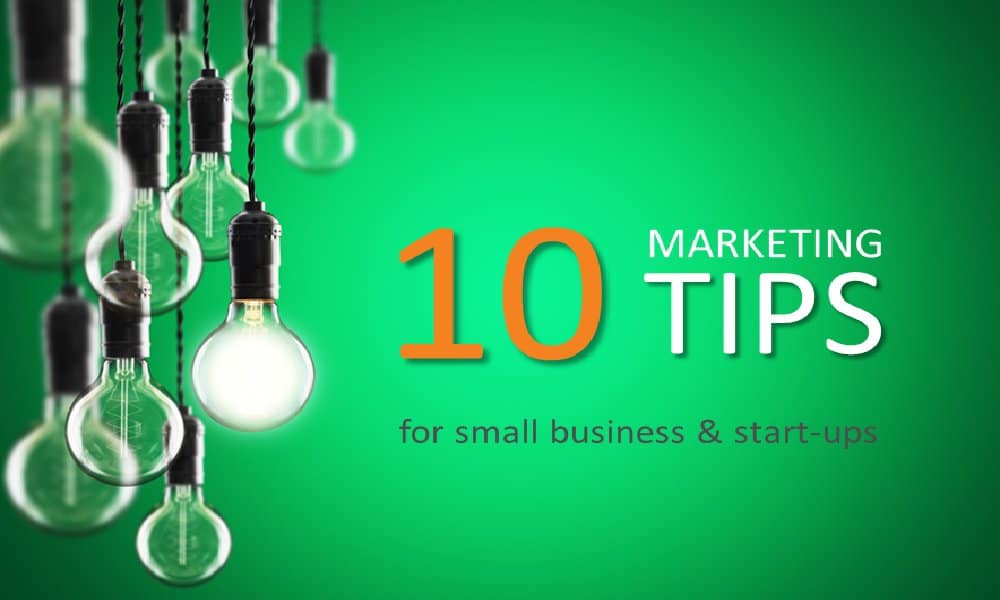Content marketing takes time. Content marketing strategy takes some serious thought. But a good strategy, which means all the content you produce and promote works together, is key to getting results from all your efforts. Today we’re exploring the 7 elements you need to get right if you want your content marketing strategy to work.
Let’s dive right in
1. Identify your target market
Understanding exactly who you’re trying to reach is critical for any marketing.
‘Everyone’ is not a target market. The more you can narrow down and be specific, the better. Exactly how you do that depends on your business, but ideally, you will develop one or more personas. You can then use these personas to create content which is relevant, meaningful and valuable to those people in particular. This case study on RSVP.com.au shows how we used both demographic and psychographic information to identify and reach the right people.
2. Be clear about your positioning and message
Once you’ve worked out who your customers are, take another look at your own business. Who are you, really? How do you want those customers to perceive you?
There are twelve generally accepted brand archetypes. Pick one – a maximum of two – and use those to guide your overall positioning. This will affect everything from logos, colours and fonts to tone of language and style of imagery. Think about the BBC and Nickelodeon. They’re both major players in TV programming, but they have different brand archetypes and you expect totally different things from them.
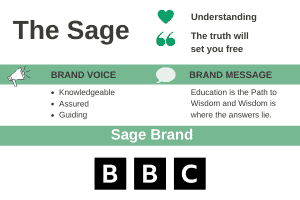
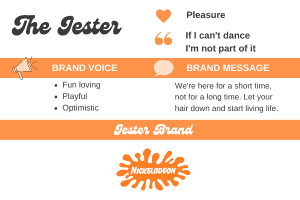
Neither is bad, they’re just different. But notice that the overall ‘brand message’ is consistent. The BBC is a source of real, serious information. Nickelodeon is just fun. That’s reflected across all kinds of content that they produce.
3. Decide how you’re going to add value
Almost by definition, you’re marketing to people or businesses who aren’t customers yet. The aim of content marketing is to provide something educational, helpful or fun – to give value. Once you’ve done something for these potential customers, the law of reciprocity kicks in. It makes them much more likely to consider you when they have a need.
So how do you add value? You have to think about value for your customers and potential customers, not about selling your services. There’s a great opportunity in ‘tangential content’ – help your potential market with things which matter to them, but aren’t actually your own services.
Some examples of tangential content are:
- You’re a pool company. Your clients want to enjoy time in their outdoor spaces, so you publish barbecue recipes, or reviews of outdoor furniture.
- You’re a home removals company. You offer a downloadable checklist of all the things people need to do before they move house.
- The Michelin Guides! Michelin sell tyres – they don’t have anything to do with restaurants and fine dining. But way back when, they wanted motorists to have a reason to travel more so they’d need more tyres. Find out more about the Michelin Guides as content marketing.
There’s some kind of relationship between the content and what you’re selling. They’re both of interest to the same people. But it’s not a hard sell.
4. Create content for all stages of the buyer journey
Some people are just starting to explore the area where you offer services. Others know what they are interested in and want to compare options. You need content for both these extremes and everyone in between. There’s more information about content for various stages of the buyer journey in this article.
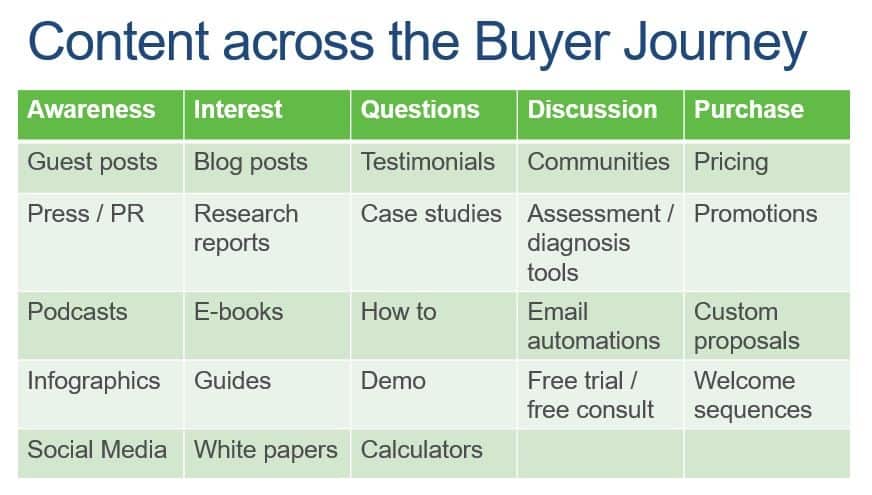
5. Think about where to publish and promote your content
It’s easy to think that you can put all your content on your website, but the sad truth is, most people don’t visit your website.
A well-constructed blog, optimised for SEO, is a great way to attract more visitors, but you can also distribute content via other channels. Social media and email marketing are the most obvious, but don’t stop there.
What about content on other relevant sites your potential customers visit? Industry and association website are a great option.
Don’t forget offline either. Some industries still have magazines. If you’re selling to consumers, there’s almost certainly a magazine on a related topic. Consider guest posts or articles to raise your profile and help drive people to your website.
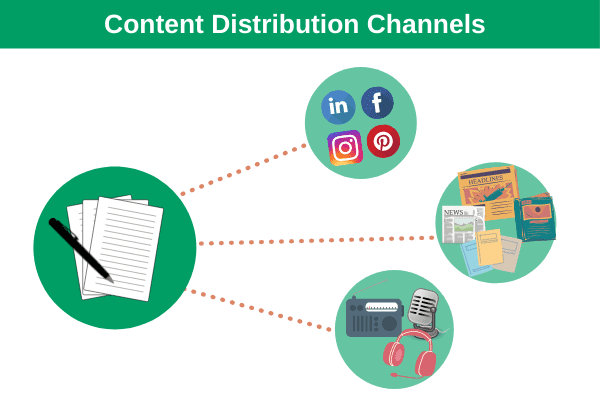
6. Create an actionable plan and calendar
At some point, you need to stop working on strategy and start working on doing. A plan, with work and dates, is a great place to start. When putting your plan together, try to include:
- topic
- format
- where the content will be published
- how it will be promoted (by you or by other people)
For online content you may also want to look at target keywords, although you can leave this till later too. But once you have a robust plan, you’re ready to go.
There’s just one more thing you need to add to your content marketing strategy:
7. Measure results and adapt
Whatever you’re doing, you need to measure and track results so you can learn and improve.
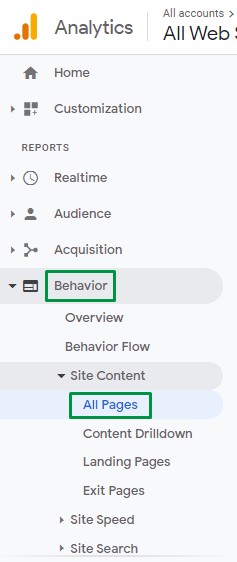
Start with your Google Analytics.
- If you look at landing pages, you can see which content is attracting people to your site.
- If you look at ‘All Pages’, you can see which content people are visiting most. Look at time on page and bounce rates to get an idea of how much they engage.
- If you have your Goals set up correctly, you can see which content is driving downloads.
- If you’ve published online but not on your website, are you getting traffic from that url?
Measurement, analysis and adjustment is how you make things work better over time. When it comes to content marketing strategy, you want to look at what is most effective and do more in those content areas. That’s how you drive results.
***
So those are the key elements to include in your overarching content marketing strategy. Done properly, they help drive positive results from all your efforts. Right now, while it’s quiet for most of us, is a great time to take a look at your content and plan for the future. If you’d like to bounce some ideas around, let’s talk!





